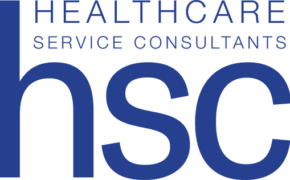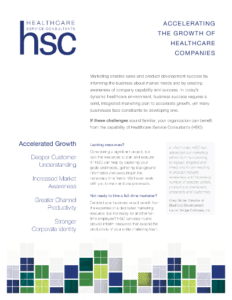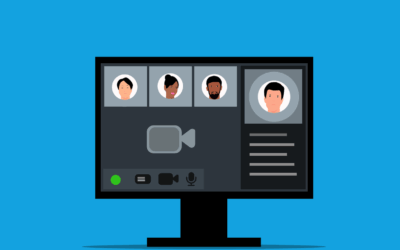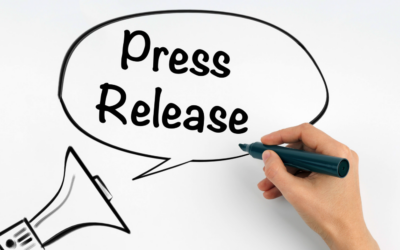
A primary objective of a content marketing strategy is to achieve high levels of engagement with your target audiences. One of the broadest (and newest) tools a content marketer has in their arsenal is social media.
By design, social media platforms encourage users to consume and engage with content that is interesting. In the healthcare industry, influencers thought leaders, and decision-makers–those driving change, and those writing checks–are often active on social media. In fact, 82% of the U.S. population reported having at least one social media account in 2021.
For the healthcare content marketer, this means that social media is an ideal channel for:
- raising awareness,
- sharing content, and
- stimulating relevant conversations around core value propositions.
Social Media Platforms
LinkedIn is among the most popular platforms among healthcare professionals. It serves as both a content and promotional platform. Because it is business-focused, LinkedIn generates credibility from the networks and connections established between users. Shared content is professional and educational in nature. Thus, it appeals to the scientific curiosity of healthcare users.
This makes LinkedIn an ideal platform for distributing and promoting the many forms of marketing content we have been discussing in this blog series (e.g. white papers, case studies, blogs, press releases, earned content, etc.).
Twitter is another commonly-used platform in healthcare IT. It is more focused on stimulating live conversations. This makes Twitter the platform of choice for live industry events like HIMSS, RSNA, SIIM, ACC and others. It facilitates real-time, interactive engagement based on trending topics. Twitter is an excellent channel for announcing newsworthy events, such as a new product launch, partnership, or customer success story. The hashtag nature of Twitter also facilitates conversations on specific topics and events.
Facebook + Instagram
Other channels like Facebook and Instagram are less suited for engaging with healthcare IT folks. But, they can be beneficial for promoting your organization’s culture and brand and attracting new talent. Particularly those who are in a younger age demographic and have grown up using social media.
How to Get the Most Out of Your Social Media Efforts
All too often, organizations think that creating a company page on LinkedIn or Twitter and occasionally posting is enough to get the social media ball rolling. However, social media isn’t something to do “on a whim.”
Much like an overall content marketing strategy, a successful social media strategy requires thoughtful planning and execution. To achieve the best results, use these eight steps to increase the exposure and value of your healthcare IT social media efforts:
1) Build credibility. Ensure content is informative and educational. Avoid posts that are overtly promotional or skewed by opinion. Content should be a mix of messaging, content promotions, announcements, and sharing of relevant third-party content.
2) Keep it short. Most users spend 2-5 minutes at a time looking at social media. Your goal is to present short, digestible content that captures attention and creates awareness.
3) Post regularly. Try to post on a consistent, predictable interval to keep conversations going. Once a week is a great target in healthcare IT, for most platforms.
4) Leverage the power of the network. Organic exposure and impressions increase as more users engage with content. Be sure to like and share your company’s posts and encourage your company employees to do the same.
5) Don’t forget hashtags. In social media, hashtags associate your posts and content with relevant topics and conversations. This is a valuable tool for becoming part of important conversations.
6) Be sure to cross-reference. Creating circular references between your social media content, website, email promotions, and press presents a consistent message to your audience. It also increases the likelihood users will visit and engage with other forms of content on your website.
7) Leverage paid promotions. Where budget allows, paid social promotions can increase exposure of your social media content. Target healthcare IT audiences by industry, organization type, field of expertise, title/role, and more.
8) Consider utilizing a dedicated social media marketer. Keeping on top of your social media strategy is a big job that requires ongoing effort. Ensure your marketing organization has dedicated time and resources for keeping it fresh and engaging.
Integrating Social Media Into Your Content Marketing Strategy
Social media is a relatively recent tool that is always evolving. When used properly, it enables healthcare IT marketers to create and distribute content in a highly engaging and targeted manner. Social media warrants its own unique strategy that should support and augment your other content marketing efforts.
Our team of healthcare IT product marketing experts have decades of experience creating and executing social media strategies and campaigns that result in increased followership, greater engagement, and elevated awareness across target audiences and personas. We can help you strengthen your content marketing strategy by harnessing the value potential of social media. Contact us to learn more.




